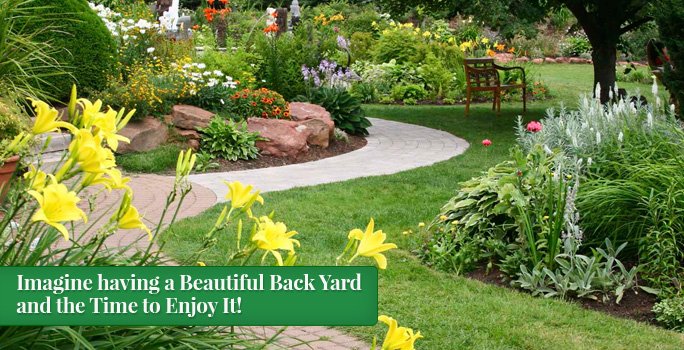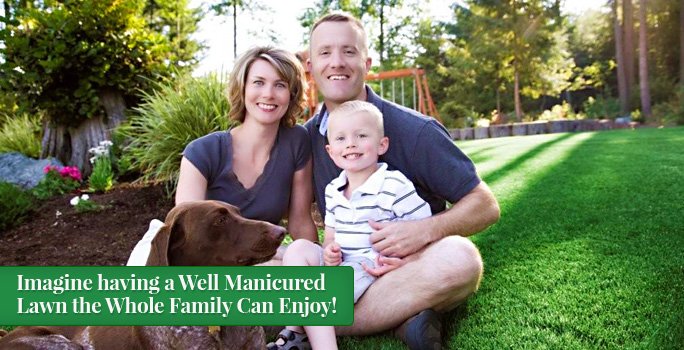
Introduction:
Are you getting ready for your upcoming gardening season and wondering when to buy seeds and how much to order? In this guide, we’ll provide you with valuable insights to help you plan your seed purchases effectively. From the ideal timing to the quantity of seeds you should consider, we’ve got you covered. Let’s dive in!
When to Order Seeds:
Timing is crucial when it comes to ordering seeds for your garden. Whether you’re a seasoned gardener or just starting out, securing your seeds early can make a significant difference in your gardening success. Here’s why it’s essential not to procrastinate:
- Best Selection: If you want access to the widest variety of seeds, it’s wise to place your order as soon as possible. Popular seed varieties tend to sell out quickly, so being an early bird ensures that you get your hands on the best options available. Don’t miss out on the chance to grow your dream garden by waiting too long to order.
- Avoiding Sold-Out Varieties: Imagine eagerly planning to grow a specific vegetable or flower variety only to find out it’s already sold out when you decide to order. To prevent this disappointment, act promptly and secure your desired seeds before they become scarce.
How Much to Order:
Now that you know when to order seeds let’s discuss how to determine the right quantity for your garden. Many home gardeners find that one or two seed packets per variety are sufficient, but it’s essential to tailor your seed order to your specific needs. Consider these factors when determining the quantity of seeds to purchase:
- Garden Size: The size of your garden plays a significant role in determining how many seeds you should order. Larger gardens will naturally require more seeds to fill the space adequately. Calculate the planting area and plan accordingly to ensure you have enough seeds to cover it.
- Crop Varieties: Different crops have varying spacing and growth requirements. Some plants need more space between them, while others can be planted closer together. Be sure to research the recommended spacing for each crop you intend to grow to estimate the number of seeds required.
- Succession Planting: If you plan on practicing succession planting, where you sow seeds at different times to extend your harvest throughout the season, you’ll need extra seeds. Factor in the additional quantities needed for successive plantings when placing your order.
Using Left-Over Seeds:
Many gardeners often find themselves with leftover seeds from previous seasons. While it’s tempting to use them, there are some essential considerations to keep in mind:
- Seed Longevity: Not all seeds have the same shelf life. While some plant varieties produce seeds that can remain viable for centuries, most do not. For instance, beans, grains, and corn generally have longer shelf lives, but hybridized versions may not. Always check the expiration date on old seed packets, and if they’re past their prime, it’s best to discard them.
- Pre-Season Germination Test: If you’re unsure about the viability of old seeds, you can perform a pre-season germination test. Plant a few seeds of each variety indoors in a sand/peat mix. If they fail to germinate, it’s a clear sign that the seeds have lost their viability. It’s better to discover this before planting them in your garden, as using non-viable seeds can lead to wasted time and effort during the short growing season in regions like Colorado.
Harvested Seeds from Last Year’s Garden:
While using seeds harvested from last year’s garden may seem like a sustainable and cost-effective option, there are some potential downsides to consider:
- Hybridization: Plants in your garden may cross-pollinate with each other, leading to mixed seeds. For example, if you plant seeds from last year’s pumpkin that grew next to your zucchini, this year’s fruit may turn out to be a surprise, looking nothing like the previous season’s prize pumpkin. While this can be exciting, it’s essential to be aware of the potential variations.
Heirloom Varieties:
Heirloom varieties are a special category of seeds that have been cherished for generations due to their historical significance and unique characteristics. Here’s what you need to know about them:
- Preservation of Tradition: Heirloom seeds are the old, beloved plants that have been passed down through generations, sometimes tracing their roots back to colonial times. These seeds have not undergone hybridization and remain true to their original characteristics.
- Saving Heirloom Seeds: One of the remarkable aspects of heirloom seeds is their ability to produce offspring that stay true to the parent plant. As long as heirlooms have not cross-pollinated with other varieties in your garden, you can collect and save their seeds for future seasons.
- Isolation for Purity: To maintain the purity of heirloom varieties season after season, it’s essential to isolate them from non-heirloom plants in your garden. This ensures that cross-pollination doesn’t occur, preserving the unique traits of these cherished plants.
Conclusion:
When it comes to ordering seeds for your garden, timing is crucial, and planning ahead can help you secure the best selection. Consider factors such as the size of your garden, crop varieties, and succession planting when determining how many seeds to order. While using leftover seeds is possible, it’s essential to assess their viability through germination tests and pay attention to potential cross-pollination issues. Lastly, heirloom varieties provide an opportunity to preserve tradition and unique characteristics, but they require isolation to maintain their purity. Happy gardening, and may your upcoming season be filled with bountiful harvests and beautiful blooms!
Click “DO IT FOR ME” to request a FREE quote.

Source: customer-service@bestyard.com in collaboration with Associated Landscape Contractors of Colorado
















